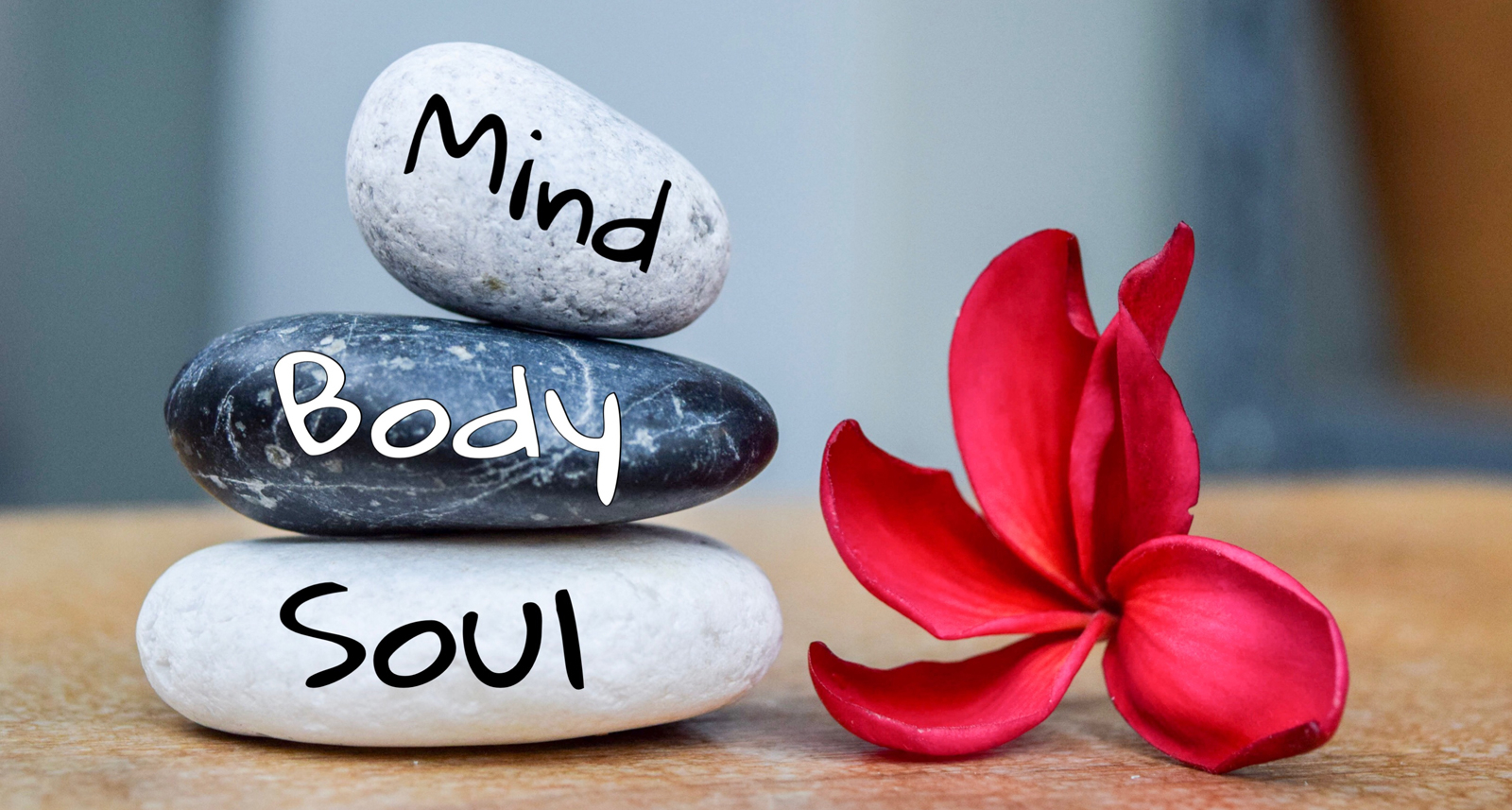Holistic healing has gained traction as a powerful approach to health that considers the connection between physical well-being and emotional balance. Instead of treating symptoms in isolation, holistic practices address the whole person, aiming for harmony across the body, mind, and spirit. As people seek more comprehensive ways to achieve wellness, the integration of physical and emotional care has become a key focus.
This article explores the principles of holistic healing, its benefits, and how individuals can incorporate it into their daily lives for improved overall health.
Understanding Holistic Healing
A Whole-Person Approach
Holistic healing goes beyond the conventional focus on physical symptoms. It integrates multiple dimensions of health, including emotional, mental, spiritual, and social aspects. Practitioners believe that these elements are interconnected, and imbalances in one area can affect others.
For instance, chronic stress can lead to physical conditions like hypertension, while unresolved emotional trauma may manifest as chronic pain. By addressing root causes and considering lifestyle factors, holistic healing promotes sustainable wellness.
Core Principles
The holistic approach is founded on several guiding principles:
- Interconnectedness: Recognizing that the body and mind are deeply linked.
- Personalized Care: Tailoring treatments to the unique needs of each individual.
- Prevention over Cure: Focusing on lifestyle changes and preventive measures to avoid illness.
The Role of Physical Health in Holistic Healing
1. Nutrition as Medicine

Food plays a vital role in holistic health, as what we eat impacts both physical and emotional well-being. A balanced diet rich in whole foods, fruits, vegetables, and lean proteins supports bodily functions and boosts mood-regulating hormones like serotonin.
- Gut-brain connection: A healthy gut microbiome is linked to better emotional health, reducing risks of anxiety and depression.
- Anti-inflammatory diets: Reducing processed foods and adding anti-inflammatory ingredients, like turmeric and omega-3 fatty acids, can alleviate physical and emotional stressors.
2. Movement for Mind and Body
:max_bytes(150000):strip_icc()/3120397-GettyImages-1370779226-73bc1d94e66f4048942f1d1d9639494f.jpg)
Physical activity is not only essential for maintaining strength and flexibility but also a natural mood enhancer. Regular exercise releases endorphins, improves sleep quality, and reduces stress levels. Practices like yoga and tai chi are particularly popular in holistic healing due to their combined physical and emotional benefits.
- Yoga: Enhances flexibility while fostering mindfulness and reducing anxiety.
- Strength training: Builds resilience and encourages self-confidence.
Emotional Health in Holistic Healing
1. Mindfulness and Meditation
Mindfulness practices are central to holistic care, as they encourage individuals to focus on the present moment and manage stress. Techniques like deep breathing, guided meditation, and progressive muscle relaxation can calm the mind and promote emotional equilibrium.
- Stress reduction: Mindfulness decreases cortisol levels, the body’s primary stress hormone.
- Emotional regulation: Meditation improves the ability to handle challenging situations with clarity and composure.
2. The Impact of Relationships
Healthy relationships are vital for emotional health. Positive connections with friends, family, or support groups create a sense of belonging and reduce feelings of isolation. Holistic practitioners often emphasize the importance of cultivating meaningful relationships as part of a comprehensive wellness plan.
Integrative Practices in Holistic Healing
1. Complementary Therapies
Many people turn to therapies like acupuncture, massage, and aromatherapy as part of their holistic journey. These treatments focus on restoring balance in the body and relieving both physical and emotional stress.
- Acupuncture: Stimulates specific points to alleviate pain and release tension.
- Massage therapy: Relaxes muscles while improving circulation and reducing anxiety.

2. Combining Traditional and Modern Medicine
Holistic healing doesn’t reject conventional medicine but integrates it with alternative therapies. For example, someone undergoing cancer treatment might use meditation to manage anxiety and acupuncture to ease side effects like nausea.
The Benefits of Holistic Healing
1. Improved Quality of Life
Holistic practices aim to enhance not just physical health but also emotional fulfillment. By addressing all dimensions of wellness, individuals often report increased energy, reduced stress, and greater happiness.
2. Long-Term Health
By focusing on prevention, holistic approaches encourage lifestyle changes that promote longevity. Activities like mindful eating, regular exercise, and emotional resilience-building reduce the likelihood of chronic diseases.
3. Empowerment and Self-Awareness

Holistic healing empowers individuals to take an active role in their health. This self-awareness helps people recognize early signs of imbalance and take proactive steps to address them.
How to Incorporate Holistic Healing into Your Life
1. Start Small
Incorporating holistic practices doesn’t require an overhaul of your lifestyle. Begin by adding one or two habits, such as daily meditation or improving your diet, and build from there.
2. Seek Professional Guidance
A certified holistic health practitioner can help create a personalized plan that addresses your unique needs. This might include dietary adjustments, stress management techniques, or specific therapies.
3. Prioritize Self-Care
Self-care is a cornerstone of holistic health. Whether it’s taking time for hobbies, connecting with loved ones, or simply enjoying a quiet moment, these activities nourish both body and mind.
Conclusion
Holistic healing bridges the gap between physical health and emotional well-being, offering a comprehensive path to wellness. By embracing practices that address the body, mind, and spirit, individuals can achieve a balanced and fulfilling life.
What holistic health practices have made a difference in your life? Share your experiences in the comments or explore our website for more insights into achieving wellness through integrative care. Let’s create a community dedicated to a healthier, more harmonious way of living!

Leave a Reply